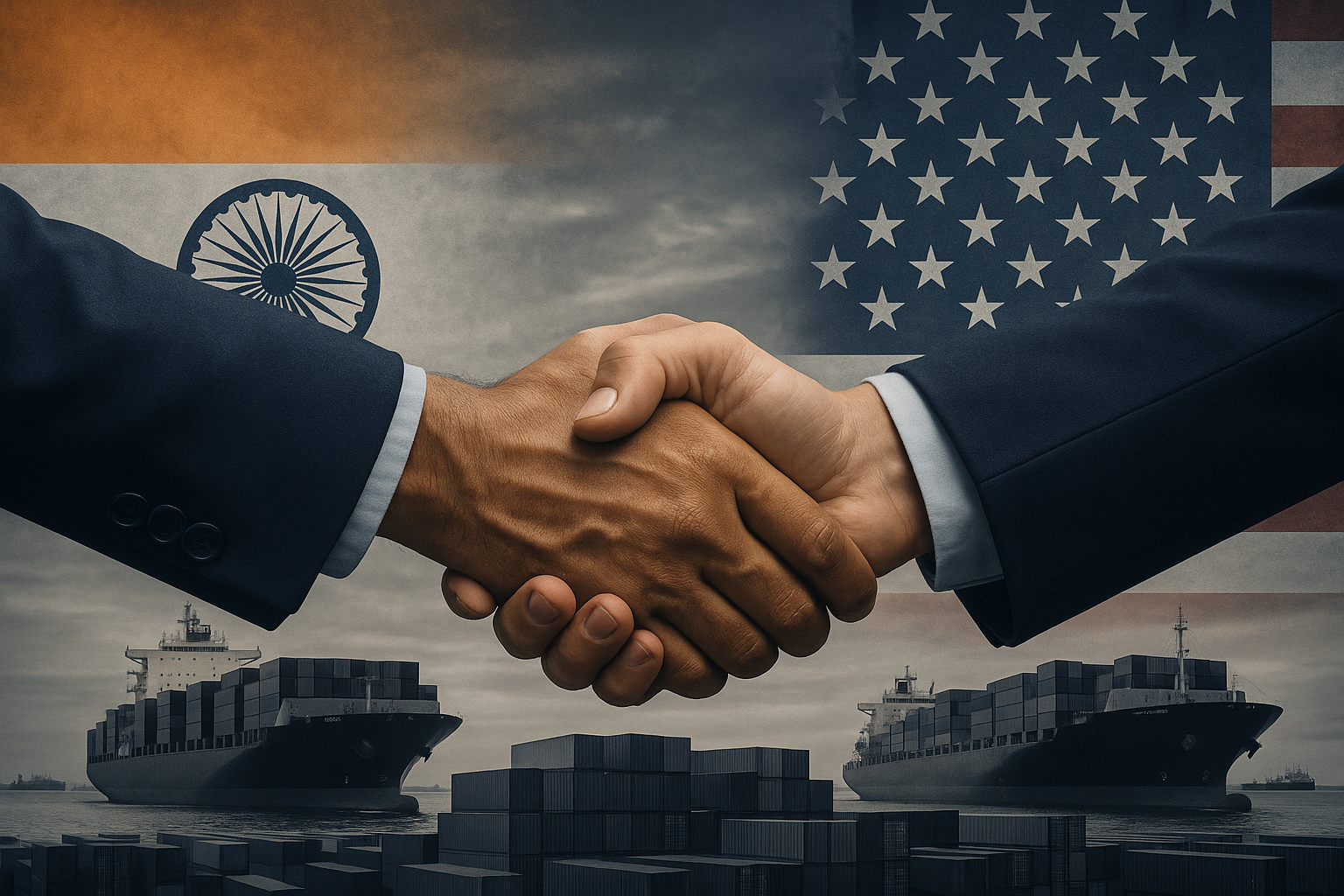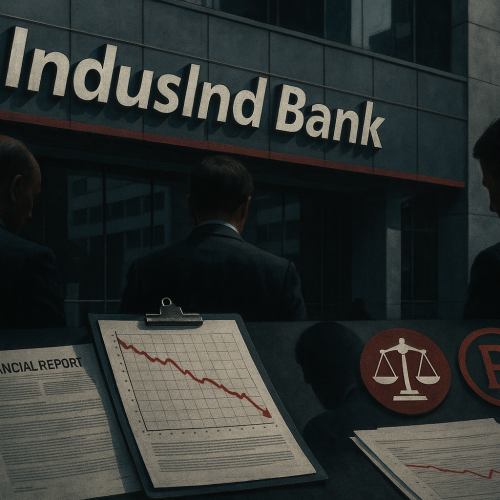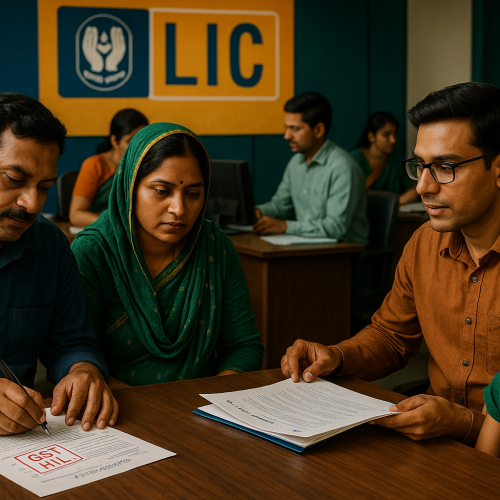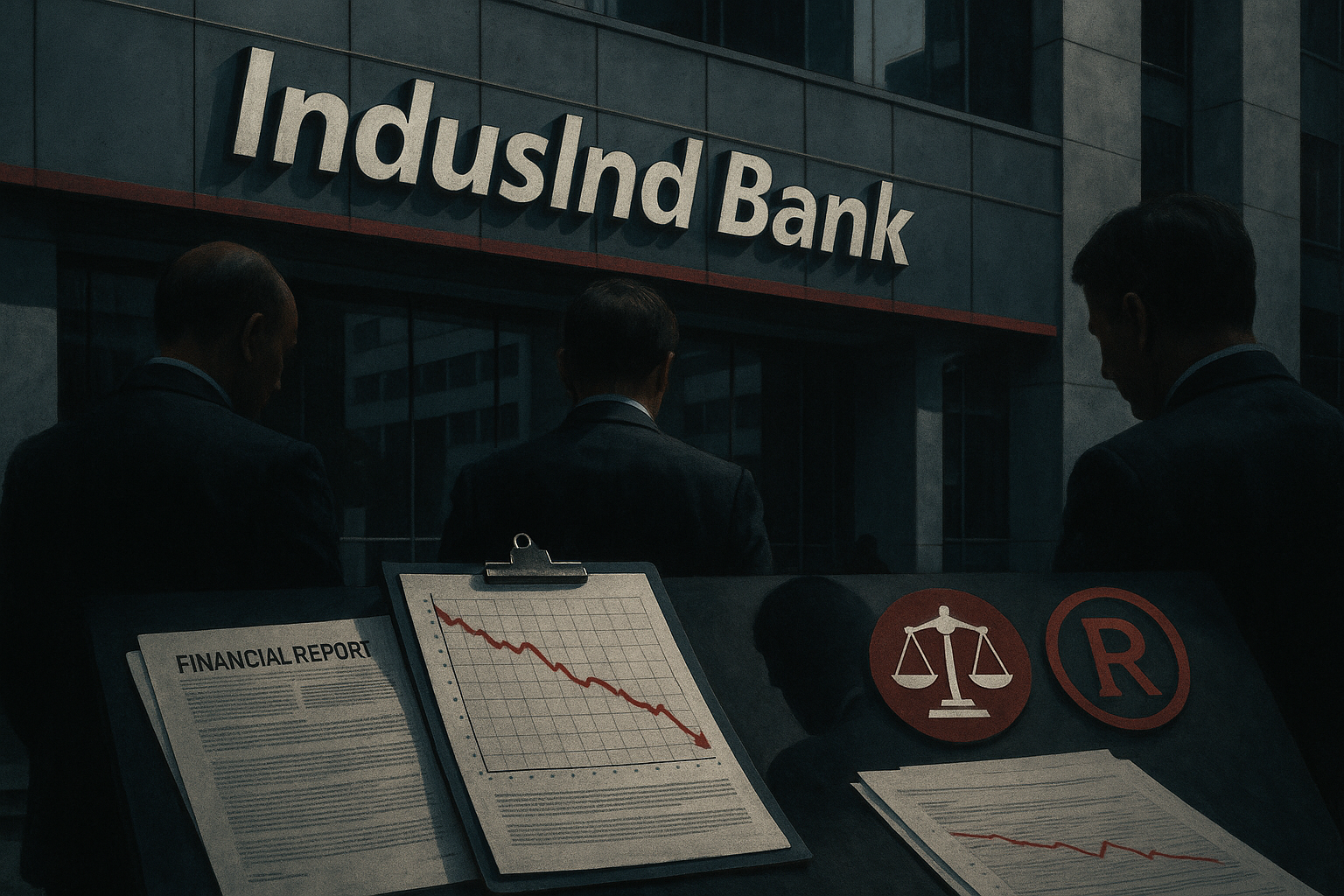Chief Economic Advisor V. Anantha Nageswaran expressed optimism that the ongoing India–US tariff dispute could be resolved within the next two months. Washington had imposed a 25% penal duty on select Indian exports in August, raising overall levies to 50%. With negotiations now back on track, Nageswaran hinted that the extra duties may be withdrawn by November 30, offering relief to exporters. The talks signal a potential thaw in trade relations, while India’s economy continues to show robust momentum with GDP growth projected near 7% in Q2 FY26.
Core Development
The US imposed an additional 25% penalty on Indian goods in August 2025, citing India’s oil purchases from Russia. This move doubled tariffs on some exports to 50%, reviving memories of the Trump-era trade wars.
Nageswaran indicated that “conversations are ongoing beneath the surface” between both governments. He expects a solution within eight to ten weeks, with the penal tariff likely gone by the end of November.
Key Drivers / Issues
The urgency comes as India’s exports to the US stood at $86.5 billion in FY25, making it New Delhi’s single largest market. A quick resolution would:
Reduce reciprocal tariff from 25% to around 15%.
Restore competitiveness of Indian exports such as textiles, gems, and engineering goods.
Improve trade confidence after months of strained relations.
Stakeholder Impact
For exporters, tariff relief would lower costs and improve market access in the US. Consumers in the US could benefit from lower import prices. For the Indian government, easing tensions strengthens its geopolitical and trade positioning. Investors would also gain confidence as trade flows stabilize.
Industry & Policy Reactions
The return of US negotiators to New Delhi this week, led by Brendan Lynch from the Office of the US Trade Representative, was described as “positive and forward-looking.” Indian industry bodies welcomed the development, noting that a rollback of duties would revive sentiment among exporters who were facing margin pressures.
Challenges Ahead
Despite progress, risks remain. Domestic US politics could influence the pace of tariff rollback. India’s continued oil imports from Russia may invite scrutiny. Negotiations could also stall if trade-offs on sensitive sectors are demanded.
Strategic Outlook
Analysts expect gradual de-escalation, with reciprocal tariffs reduced before year-end. A successful resolution would mark a reset in India–US trade ties, paving the way for a broader bilateral trade agreement. Meanwhile, India’s economy is projected to sustain growth momentum, with 7.8% GDP growth in Q1 FY26 and around 7% expected in Q2.
Why This Matters
Resolving the tariff dispute is vital for India’s exporters, as the US is the country’s largest market. A rollback would boost trade flows, improve diplomatic ties, and provide much-needed relief to sectors hit by the 50% duty burden.












